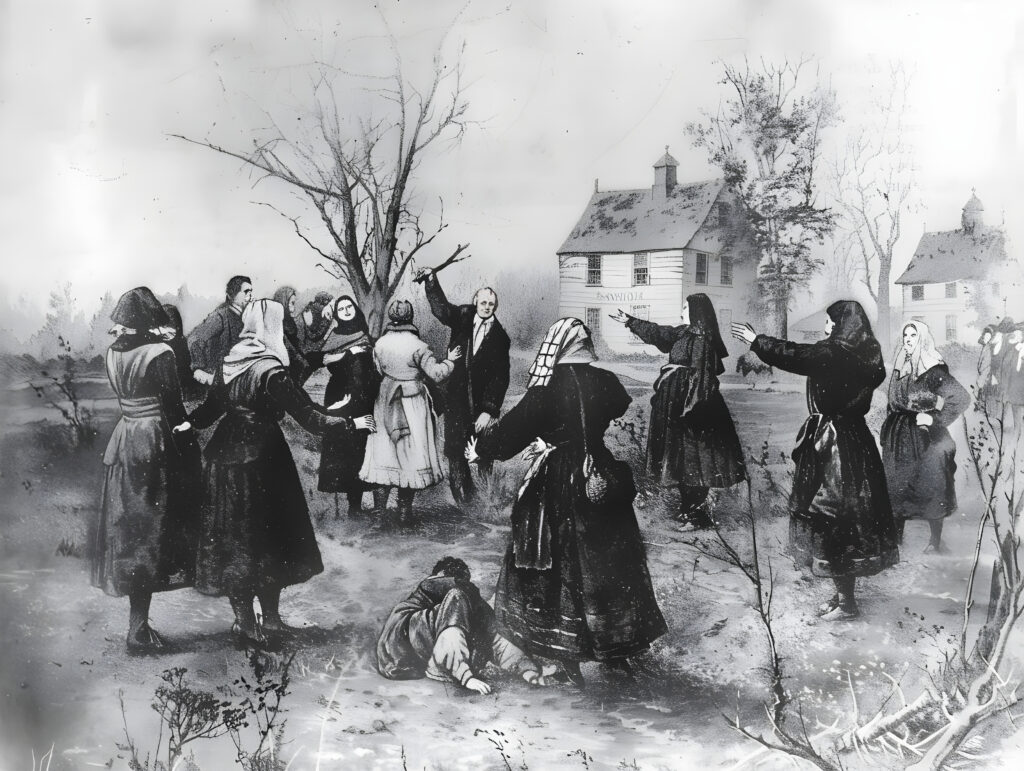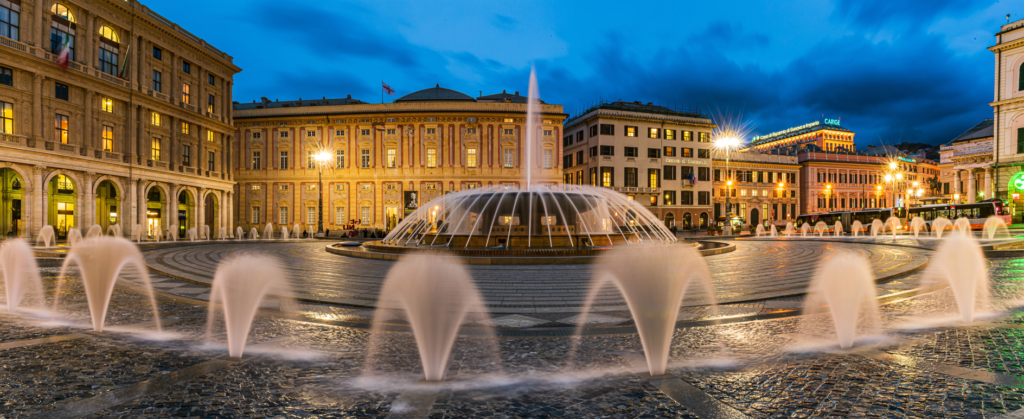Nestled in the hills of Liguria, the small medieval village of Triora holds a dark and fascinating history. Often referred to as the “Salem of Italy”, Triora was the site of one of the most infamous witch trials in Italian history, drawing comparisons to the notorious events in Salem, Massachusetts. The eerie legends, coupled with the town’s preserved medieval charm, make Triora a popular destination for those interested in Italy’s esoteric past, particularly during the spooky season around Halloween.

The Witch Trials of Triora
The witch trials in Triora occurred in 1587–1589, during a period of severe famine and hardship. The town’s residents, struggling to find answers to the crisis, blamed several local women for the failing crops and worsening conditions, accusing them of witchcraft. The accusations were taken seriously, leading to an official inquiry by the Inquisition.
More than 30 women were arrested and subjected to brutal interrogations and torture to extract confessions of witchcraft. The accused women were blamed for everything from weather anomalies to unexplained illnesses and crop failures. Many of the confessions obtained were a result of torture, a common practice at the time, and those accused were charged with heresy, sorcery, and causing famine. The conditions in which these women were held, as well as the legal process, were brutal.
Although some of the accused were sentenced to death, the intervention of Genoa’s Senate ultimately halted the trials, and many of the women were spared execution. This intervention highlights Genoa’s influence over the region at the time and brings a broader context to the history of witch hunts in Italy, particularly how political and religious forces shaped them.
Why Triora is Called the “Salem of Italy”
Triora earned the nickname “Salem of Italy” due to the parallels with the Salem witch trials of 1692 in colonial America. Both cases involved a widespread fear of witchcraft, accusations against women who were marginalized or vulnerable, and a community in crisis looking for a scapegoat. In both towns, the trials left a lasting legacy that transformed their historical identities.
Today, Triora embraces this dark history. The town has become a symbol of remembrance for the women accused and persecuted, with museums and annual events commemorating the tragic events of the witch trials. The Ethnographic and Witchcraft Museum (Museo di Triora) houses artifacts and documents from the time of the trials, offering visitors an immersive experience of the village’s mysterious past.
Exploring Triora Today
Triora’s medieval streets, perched high in the Argentera Valley, provide a haunting yet captivating setting for those exploring its history. The old village, with its narrow cobbled lanes and Gothic architecture, exudes an eerie atmosphere. Visitors can walk through the town and imagine what life was like for those accused of witchcraft.
Every year, Triora hosts events in honor of its witch-trial legacy, particularly during Halloween, when the town comes alive with celebrations including historical reenactments, guided tours, and cultural events that reflect its macabre past. It’s a destination for anyone seeking to explore the darker side of Italy’s history.
A Connection to Genoa: The Path of Witch Trials and Power
The Genoese Senate played a critical role in the eventual cessation of the Triora witch trials. At the time, Triora was under the jurisdiction of the Republic of Genoa, and the region’s economic and political affairs were heavily influenced by the Genoese government. When news of the trials reached Genoa, the Senate stepped in, and their intervention helped prevent the complete execution of the accused women.
This historical connection to Genoa makes the city an intriguing addition to any itinerary focused on the history of witch trials and Italy’s esoteric past. As one of Italy’s most important maritime republics, Genoa offers visitors a rich tapestry of history, from its powerful role in regional governance to its own mysterious legends and landmarks.
For those traveling to Triora, a stop in Genoa offers an excellent way to delve deeper into the historical context of Liguria during the late 16th century. Whether visiting the majestic Palazzo Ducale, the bustling Porto Antico, or exploring Genoa’s hidden alleys (known as caruggi), the city provides a broader perspective on the power dynamics of the time and how they impacted smaller regions like Triora.

Visiting Triora and Genoa with City Sightseeing
For visitors interested in combining history with exploration, the City Sightseeing Hop-On, Hop-Off Bus is an ideal way to explore Genoa’s many attractions. The service offers convenient routes to Genoa’s key historical sites, allowing travelers to easily navigate between landmarks and dive deeper into the city’s past. From Genoa’s Maritime Museum to its historic center, the tour provides flexibility and comfort, making it an excellent way to enhance any visit, especially after a trip to the haunting hills of Triora.
The witch trials of Triora stand as one of Italy’s most infamous historical episodes, earning the village its title as the “Salem of Italy.” For those fascinated by witch trials and the history of persecution, a trip to Triora offers a unique glimpse into the fear and superstition that gripped communities during the late Renaissance. Combining a visit to Genoa with Triora’s haunting past makes for a rich and thought-provoking journey into the mysteries of Liguria, a journey that can be enhanced with the ease of modern-day exploration aboard City Sightseeing tours.

